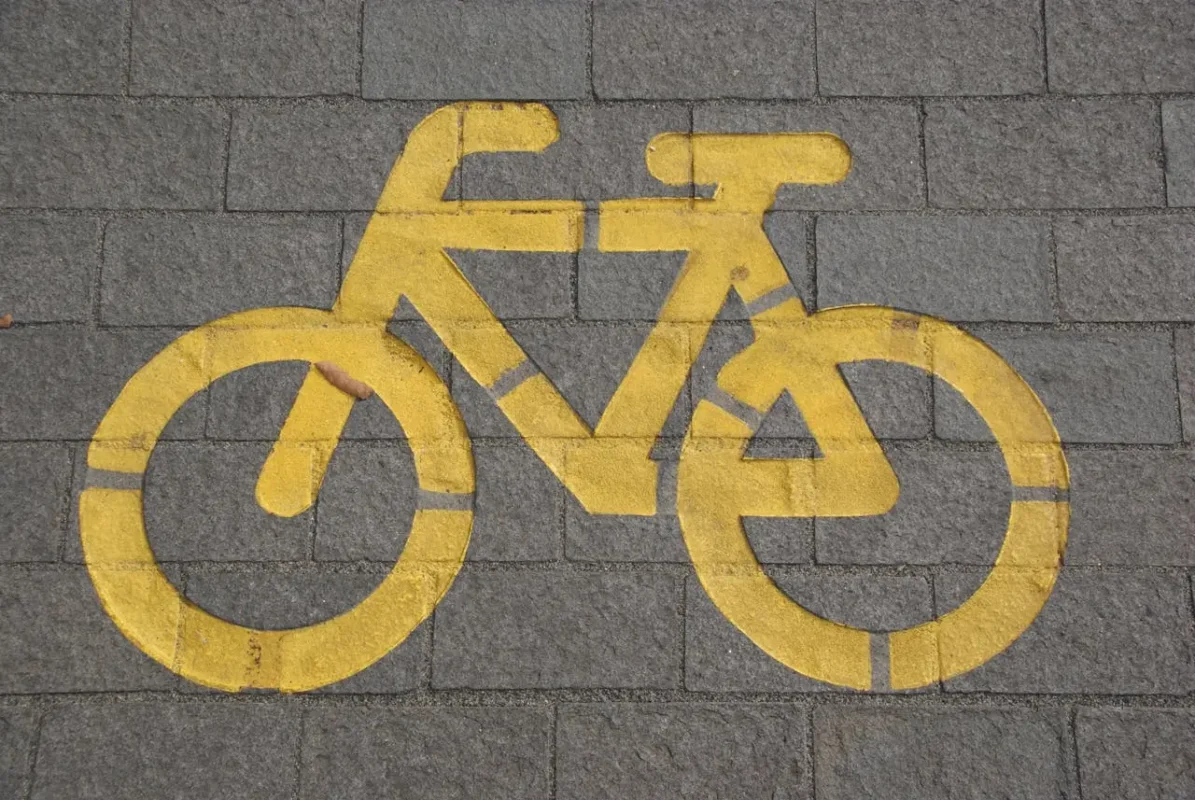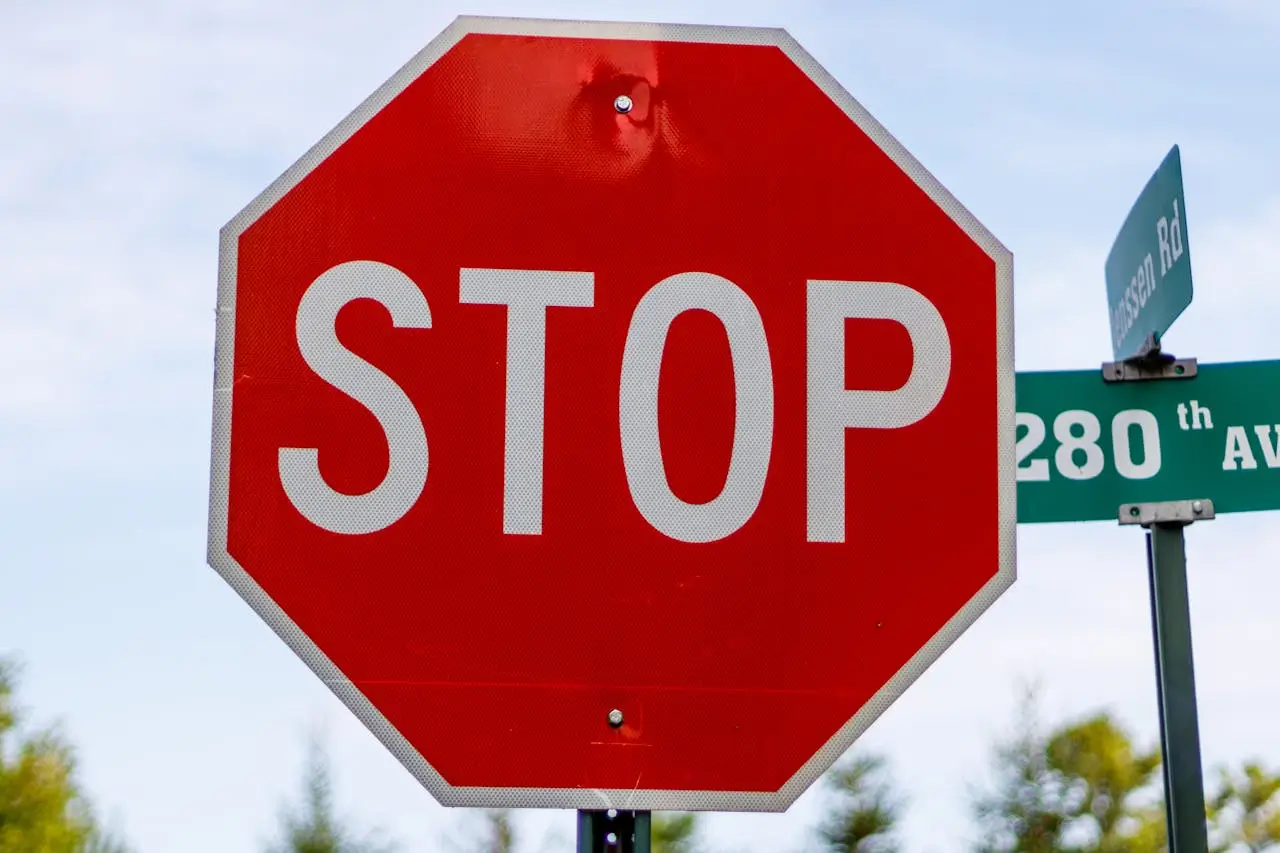Vision Zero goes beyond mere speeding repellance, or even the importance of saving lives, but safety-first, multi-stakeholder approach with local governments, law enforcement agencies, urban planners and engineers, and the general public to design safer streets. This movement that originated in Sweden has been adopted in various cities across the world with ambitious local and national targets of dramatically cutting down on death on our roads.
Strategy and Implementation
As stated earlier the effectiveness of Vision Zero is based on the use of data. It means that using comprehensive traffic data, the authorities of the cities can define such areas in which the incident rate is higher and try to make intervention there. The main strategies include restriping of road surfaces to reduce the speed limits, improving the existing crossings for pedestrians and enforcing speed limits, better protection of vulnerable populations in roads including pedestrians and bicycle riders.
Also, launching awareness programs for safe driving further contributes towards the reduction of the rates of the accidents. It is about targeting the primary causes of an accident whether it’s speed, alcohol, drugs, distractions or infrastructure and building up community safety.
Making Communities Safer
Currently, the cities and municipalities are starting to set up Vision Zero that in essence has the goal of eradicating traffic deaths. Such goals tend to target the risky intersections, upgrade the public means, and embrace safer city structure. For instance, New York, San Francisco, and Los Angeles have adopted measures and policies such as; lowering of speed humps, establishing bike lanes and enhancing x-crossing visibility.
Such local transformations not only decrease fatality rates on streets but also build more pedestrian, environmentally friendly, and comfortable cities. Local descriptors of the Vision Zero approach will need to be coupled with high political commitment, support from the public, and continuous improvement.
Vision Zero can only succeed with the support of Local Governments all across the globe. They are involved in policy making processes, mobilization of funds and overseeing the implementation of traffic safety measures. This entails integration between traffic engineering, police, health and the other community participation groups. Community leadership is crucial in spearheading the Vision Zero strategy by ensuring that priorities for road safety projects are well funded, a public awareness is created, and residents are involved in the identification of risk hot spots.
National Vision Zero Goals: It needs to scale up in order to achieve the intended impact across the country. Despite the fact that individual cities and towns have shown much progress in their Vision Zero initiatives, the overall vision is for this to be a united effort across the country.
At a national level, governments need to develop policies that will fund initiatives at this scale. Secondly, a national framework will also ensure that cities follow the same format in collecting data and disseminating strategies.
Federative, state, and local partnerships guarantee that the Vision Zero objectives are feasible and shall be maintained. Some of the national objectives include the following; a reduction of fatal and serious accidents by a specific percentage; an upgrade in the roads and highways; and implementation of higher level of safety features in the automobiles and traffic control technology.
Incorporating Infrastructural Enhancements for Vision Zero
This paper explores how infrastructure can be used effectively in the making of streets safer for all users. Improving road designs, for example by installing roundabouts, painting bicycles only lanes, or enhancing lighting at virtually all crash prone areas decreases the risk occurrence of accidents.
Moreover, enhancing the provision of pedestrian amenities which include sidewalks, pedestrian islands, and well-lit and well-signed cross-sections and junctions is crucial in the safety of persons walking and cycling.
Other road features such as high visibility road markings and traffic calming measures such as speed humps and rumble strips make driving slow in high risk areas. Such enhancements should be made dependent on the requirements of the respective populations and with their feedback.
Zero Harm – A Critical Element in Vision Zero
In fact, there is no better approach towards Vision Zero than redesigning streets that would lower the speeds of vehicles and enhance the safety of pedestrians, cyclists and passengers. Proper street design provides traffic control features such as narrower carriageways, lower speeds and marked pedestrian crossings. It also involves the segregation of the various road user categories; the pedestrians, the cyclists and drivers of motor vehicles by use of separators or lanes. Also, the adaptive traffic lights that adjust depending on traffic patterns can be useful in increasing safety and decreasing the overall number of crashes, whereas improved traffic signs, as well as lighting conditions, ensure visibility of road users at nighttime.
Public Awareness and Education
It is impossible for any given course of action to be set and be implemented if the populace does not participate or become involved in it. For Vision Zero to work it requires a societal approach that consists of awareness campaigns for drivers, pedestrians, and others on the road on how to be safe and to obey laws. Such campaigns may be in form of advertisements, school programs, public service announcements and even social marketing. It is very important to increase awareness to drivers about the risks they take when they speed, when they are distracted or when they drive under the influence of alcohol. When the general public is well educated in such matters, they are likely to transform their behavior on the roads and reduce on the rates of deaths and other injuries.

The Role of ICTs and Innovation in Delivering on Vision Zero
Integration of new technologies is another area under consideration to realize Vision Zero concept. Adaptive traffic signals, automatic braking systems and collision avoidance systems are examples of technologies that are said to greatly improve accident rates. Huge importance is given to data analytics for both recognizing the places with increased accident rates and making relevant upgrades to the infrastructure. With the help of traffic flow analysis and the use of predictions, cities can effectively ensure that the probability of traffic congestion will be minimized and this is a key parameter for accident risk. Furthermore, the car makers are integrating the advanced driver-assistance system (ADAS) as a feature that informs drivers of potential risks leading to an accident and avoid it.
Toward the Development of a Safer Society
The Vision Zero movement goes on as we progress into the future. To achieve national and local objectives, there has to be consistent partnership between government and the private, non-profit and citizens.
Civil society organizations will need to engage at the local level and coordinate with municipalities, governments, technology companies and through policy advocacy and public awareness campaigns in order to make Vision Zero a reality. As the world proceeds to the smart city concept, Vision Zero’s strategies of safety-first, inclusiveness, and equality will define cities of the future.
The aim is not only to save the number of fatalities and catastrophes but to establish a long-term and common usable environment for all the road participants.
A Call to Action – Ways You Can Support the Vision Zero
Getting to Zero is a journey that everyone of us needs to take. People in a community need to work together in the fight for better traffic safety measures and better roads and responsible traffic behavior.
You are welcome to join us by actively engaging in local initiatives, attending public safety forums and promoting the concept of Vision Zero where you live. This way joining this movement makes streets safer for everyone, whether in a vehicle, on foot, or riding a bicycle. The only way Vision Zero is possible is if every single person joins the cause, to make roads safer for people than for cars.

